Self-publishing audiobooks;
Top 10 things to consider before you start!
Authors have hundreds of options available to them if they wish to sell their books as e-books. Besides Amazon, B&N, and Kobo, every major online bookseller has its own portal for submitting and selling books worldwide. When it comes to digital audiobooks, things have changed significantly; since then the sector has quickly grown to a billion-dollar industry. The best way to boost your work’s visibility across multiple platforms is to release an audio version of your book. There are several online retailers/distributors that allow authors to submit their own books directly to them.
If you want to know if self-publishing an audiobook is the best choice for you, consider the following tips before diving headfirst.
#1. A good audiobook requires a lot more than a microphone and a mixing board.
Taking sound, for instance, the audio must be consistent. But why? Consistency in tone, volume, spacing, and pronunciation help to create a great listening experience. It is not acceptable to make drastic changes to a professional production. The listener will have to keep an eye on their device’s volume control if there are extreme fluctuations in volume. These problems detract from the listening experience and may reduce sales. When you are recording your audiobook yourself, you probably will want to use audio recording software such as Audacity, which seems like an easy task to do at first, but requires much practice to become proficient. It won’t happen quickly, so you need to be aware of that. Audacity is a great free tool for audio engineering. You can use it as one of the tools for building the audiobook. It needs a steep learning curve as well.
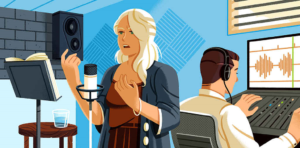
Reference : https://manual.audacityteam.org/man/tutorials.html
#2. Better audiobooks require better recording manuscripts.
You’ll need to convert your manuscript into an audiobook script in order for your recording to sound as good as possible. Be sure to remove digital content elements including hyperlinks and “click here”. A number of visual elements can be removed, including captions, tables, and drawings. Do not include a bibliography, glossary, or footnotes. Include the title, author name, and narrator name in the opening credits. Also, you may include closing credits for items such as the copyrights and the production copyrights. Then, record one audio file per chapter, according to the table of contents. Listen to your script before recording it.
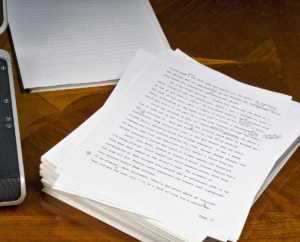
#3. An audiobook must meet the technical requirements of audio distributors
Ignoring this can be a person’s biggest mistake, but it is equally important. If you self-publish an audiobook and distribute it on ACX or iTunes, authors republic you need to meet their requirements in order for them to accept the files. There are various requirements depending on the book’s length, but primarily speaking, there are the following: chapters need to be in mp3 format, chapters shouldn’t exceed 120 minutes, sound intensity should be 18-23 dB, no unwanted noise, etc.

It is necessary to record each chapter separately. It’s impossible to record a four-hour file in one go. You must include 0.5 to 1 seconds of room tone at the tail of your file and 1 to 5 seconds at the head. It is necessary to upload files without outtakes, plosives, mic pops, mouse clicks, and excessive mouth noise. The RMS level of each uploaded file must range between -23dB and -18dB. Maximum peak values must not exceed -3dB. There must be a noise floor of no more than -60dB RMS for each uploaded file. Additionally, each file must be 44.1 kHz and no more than 170MB in size.
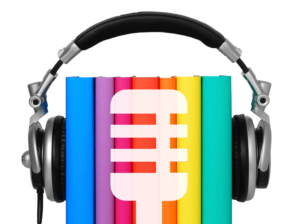
#4. Recording in a noise-free environment
Keeping this in mind is extremely important. It is definitely going to come through your microphone and be recorded in your audio file if there is any background noise. A lot more work will go into editing the sound manually if this happens! If you want to get your audio in the best quality, you must find a recording room with a quiet environment. For those who have their own recording room at home, make sure there are no distractions when you’re recording!
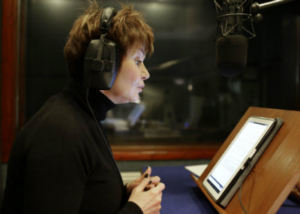
#5. The finest audiobook requires an excellent noise profile cancellation!
The noise cancellation feature is a crucial part of an audiobook, especially when you are recording your own audiobook. There may be many software applications to handle, such as Audacity, but your expertise is needed in that area. If you can’t make it, you can also involve audio engineers for the same because noise cancellation is extremely important in an audiobook.
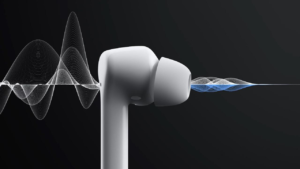
#6. A good sound profile means a good audiobook
When you publish an audiobook, you need a good sound profile. In case you are recording over several days, review the last few paragraphs you recorded the day before. If you recorded that section, listen to it. Your recording will sound more uniform if you set the mood for it like this. When you feel a cold or cough or have sore throats, do not record. Your emotional health is vital when giving proper sound.
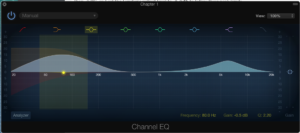
Reference : https://kimhandysidesvoiceover.com/2018/06/19/a-voice-actors-guide-how-to-make-your-voice-sound-better/
#7. A music-driven audiobook
When the music plays during the opening and closing credits, it sets the mood for the book. Nearly every audiobook has included music in its credits. Today, the trend is to exclude music from the intro and outro of audiobooks. Some audio distribution networks may not support the background music. Thus, having two copies of your audiobook is a good strategy. One with a background score and one without a background score.

Reference : https://legismusic.com/music-audiobooks/
#8. Create a retail sample of your audiobook
Audiobook retail samples are teasers. An ideal sample should last from one minute to five minutes depending on your audiobook distributors. An excellent place to start would be the beginning of the book. Listeners will often be captivated by this method, which is also the simplest.
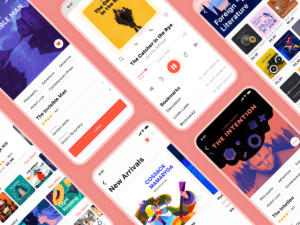
Reference : https://help.acx.com/s/article/how-do-i-pick-a-section-to-use-as-the-retail-sample-on-audible
#9. Audiobooks need the finest book cover
The first impression isn’t just crucial to audiobooks-it’s everything. Authors often cut corners by designing their own front covers. Going DIY isn’t always the best option, especially if you don’t have an audiobook publishing background or serious design skills. In case your upload doesn’t conform to distribution network specifications, you should consult a graphic designer. Furthermore, you need to consider the fact that your digital book cover may not be accepted by the distribution network since audiobook covers have specific sizes and dimensions.
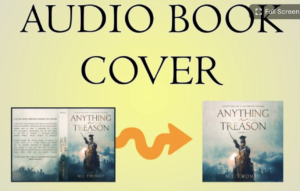
https://www.fiverr.com/gigs/audiobook-cover
#10. Patience Patience … Lots of patience
An audiobook is not something you can finish in a day. To create an average 150-page book into an audiobook, a voice artist needs at least 50 hours. Audiobooks have an average length of 100,000 words (55 words per minute, 9300 words per finished hour) or about 11 hours. Audiobook self-publishing will require significantly more time.

Make your works look their best with AUDiFYZ!
Would you like to publish your audiobook using the best e-book to audiobook creator? Look no further. The online audiobook creator AUDiFYZ can transform your works in an effortless manner. With AUDiFYZ, you can easily create your audiobook from scratch in the simplest way possible. Creating an audiobook using your voice for free gives you enormous options for extending your reach. It eases your journey towards creating an audiobook of your own. It has content grouping , noise cancellation and supports multiple voice formats and bit rate based on your preferred audiobook distribution channel. With the most advanced recording and publishing system for audiobooks, you will never miss the opportunity to create audio versions of your written works. Don’t wait, start publishing your audiobook right now!
